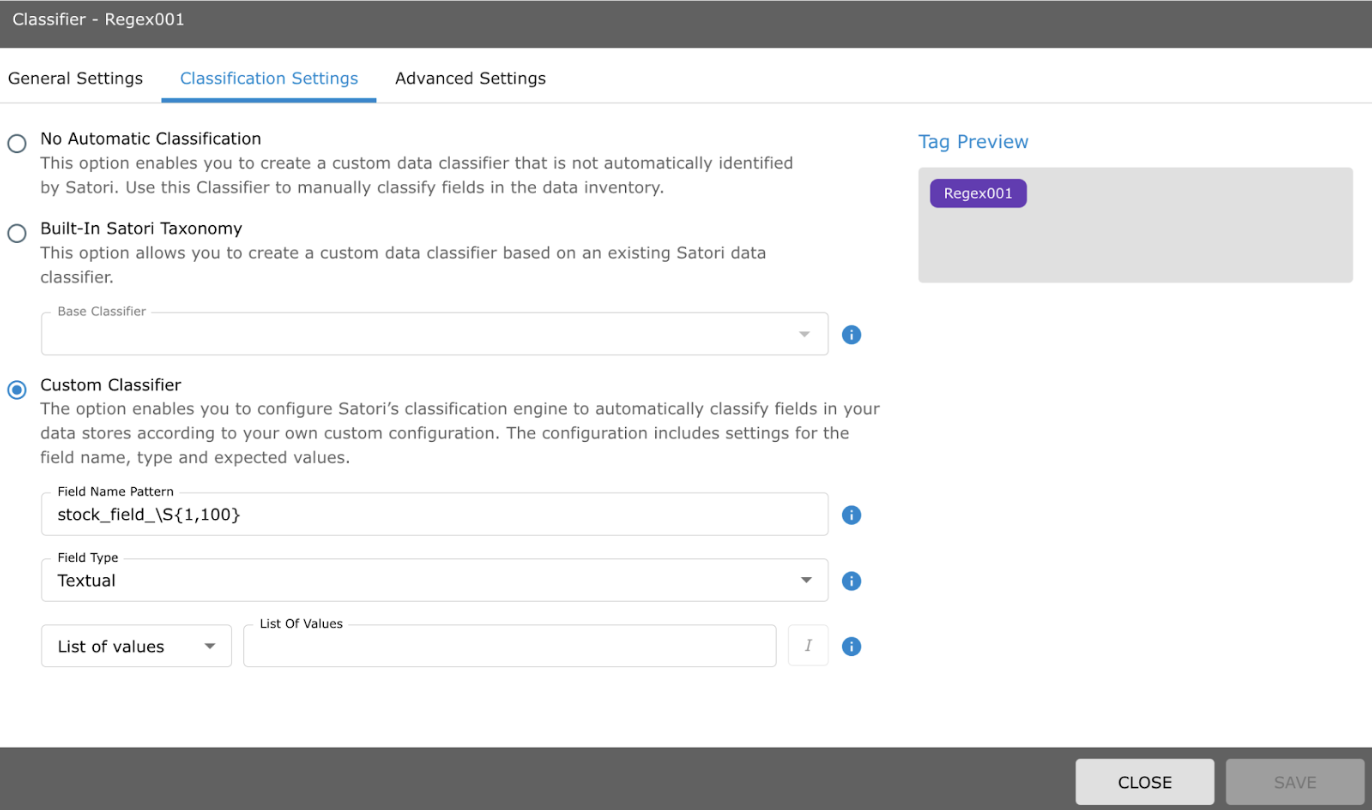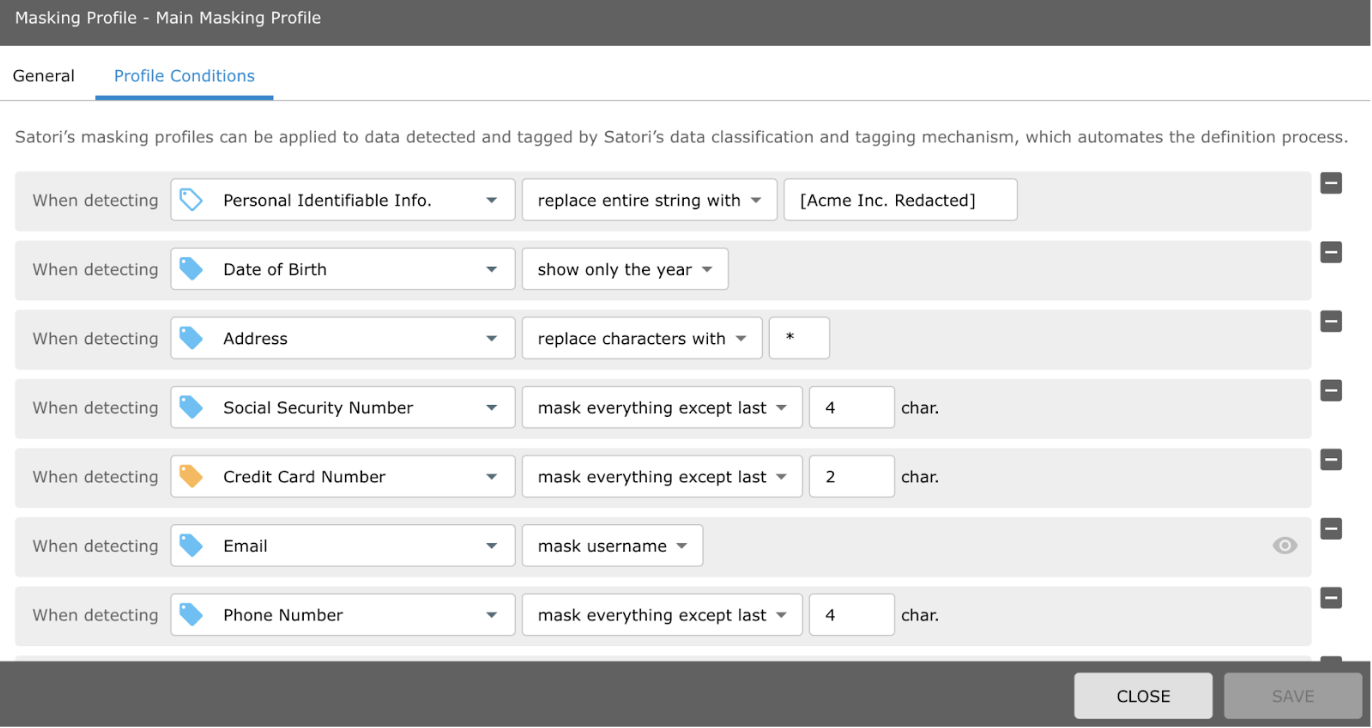Metadata is a fundamental data definition and is important in data governance, quality, and security. Sensitive metadata is just as important as the data it is associated with. Therefore, securing and managing the use of sensitive data is critical to enhancing data sharing and productivity. Satori provides an active metadata management solution through automated and simplified data discovery, classification, and security, ultimately improving data accessibility and sharing.
The Importance of Metadata
In short, metadata is data that describes data. It provides the context and details about data, making it easier to understand, manage, and use. Metadata has various aspects, including its content, structure, format, and characteristics, and usually describes data within a given repository. Metadata often describes the “pronouns of data,” e.g., the “who, what, where, and when” of data. It can refer to information about the data type, schema of tables, column information, latest updates, data source, categorization, and other descriptives. Ultimately, metadata is essential for organizing, categorizing, and retrieving data efficiently.
Why is Metadata Important?
Metadata describes and provides data context, and there are many ways to create metadata:
- When an individual uses data, more metadata is created so that one person’s metadata becomes another’s data.
- Data can be copied so that it exists in more than one place. The copy of the data is still data, but the metadata indicates that a copy exists and establishes the data lineage.
- Working with data at one level creates metadata at a different level.
If the data itself is sensitive, then the resulting metadata is also sensitive. Therefore, knowing the location and lineage of sensitive data is critical to ensure that it can be securely shared between teams and fulfill all compliance requirements; because of the value of metadata, it must be managed holistically.
Metadata Management
Metadata management creates, organizes, stores, and maintains metadata to facilitate the effective and efficient discovery, access, and utilization of data within an organization. It involves the systematic control and handling of metadata to support various aspects of data management, including data governance, quality, and information management.
However, metadata management suffers from a lack of standards that limit the ability of organizations to share data and metadata across multiple platforms. These organizations need ways to automate and optimize their metadata management solutions.
Effective metadata management is essential for improving data quality and making data more accessible and useful for data-driven decision-making. This has led to a shift from passive metadata management to active metadata management.
Passive Metadata Management vs. Active Metadata Management
Metadata plays a significant role in making data accessible and easier to share across multiple platforms. In recent years, metadata has started to shift from descriptive uses to ones that enable data productivity, speeding up the use of data across the organization. It’s necessary to develop strategies that gather and manage metadata across the organization to ensure its optimized use.
This is what an active metadata management solution is designed to accomplish. It provides information about which data is used, how often, by whom, for what purpose and on which platform. Active metadata combines and leverages any of the different types of metadata to dynamically enable analytics and outcomes. It is a process that supports self-service analytics by automating data content, structures, availability and discovery.
Satori’s Solution for Active Metadata Management
Satori’s Data Security Platform provides active metadata management that enables organizations to share data quickly and easily while ensuring security.
Data Discovery
Satori’s automated and comprehensive data discovery capability ensures all databases, data warehouses, and data lakes are continuously scanned and all sensitive data is located.
Satori’s active metadata management tools automate the discovery of sensitive data and its accompanying metadata. It also clearly defines the lineage of sensitive data; as a result, all data access is known throughout the lifecycle of the data access.
Updated Classification & Inventory
Even if you can locate sensitive data across disparate platforms, the data needs to be classified. Otherwise, it’s difficult to ensure that the correct security and masking policies are applied, so that the data can be securely shared between teams.
Satori’s Data Inventory is automated and integrated with an updated view of the path, field name, and classification of your organizational data.

After scanning all of your data, any words or tags that are not yet associated are identified with classifiers. Satori works with over 50 different types of sensitive data attributes to classify this data so that all sensitive data is accurately classified.
If you prefer a custom classifier instead, Satori enables you to classify your metadata to meet specific requirements uniquely. The advanced classifiers include advanced logic for identifying fields and field contents.
For example, building a custom classifier for stock_field, identifies the tag name as well as the field type and list of values.

To assign the taxonomy, you can either rely on Satori’s automated built-in ML so that you no longer need to tag your data manually, or you can build a custom taxonomy.
The automated taxonomy enables you to manually tag or untag your data as necessary. Satori provides additional flexibility to add and remove the taxonomy through Rest API or Terraform.

Satori automatically searches and locates sensitive data using standard SQL concepts, e.g. database, schema, table, column, and semi-columns or nested JSON. Since Satori automatically identifies the location of sensitive data, it is easy to track and log access to sensitive data and ensure that it is used securely.
The location compatibility can also be added and removed as needed and populated via Rest API or Terraform.
Since Satori knows the location of your sensitive data it automatically applies the masking rules based on security policies that are set up at the classifier level. This is incredibly efficient and ensures that you do not need to tag hundreds or thousands of individual locations across your database. Since creating and using sensitive data and metadata creates additional metadata, this benefit is compounded.
Satori enables the use of abstraction of classifiers versus taxonomy so that you can create masking rules that efficiently handle all of your data across multiple data stores, and enable the sharing of data.

Conclusion
Satori’s Data Security Platform provides an active metadata solution that considers the increasing role of metadata management in ensuring efficient data utilization and security. The transition from passive to active metadata management reflects a paradigm shift towards automation and insightful data usage. Satori helps organizations through automated data discovery, classification, and dynamic masking to enable data sharing across analytics teams, enabling innovation.
Learn more about Satori’s active metadata solution, book a 30-minute call with one of our experts.




